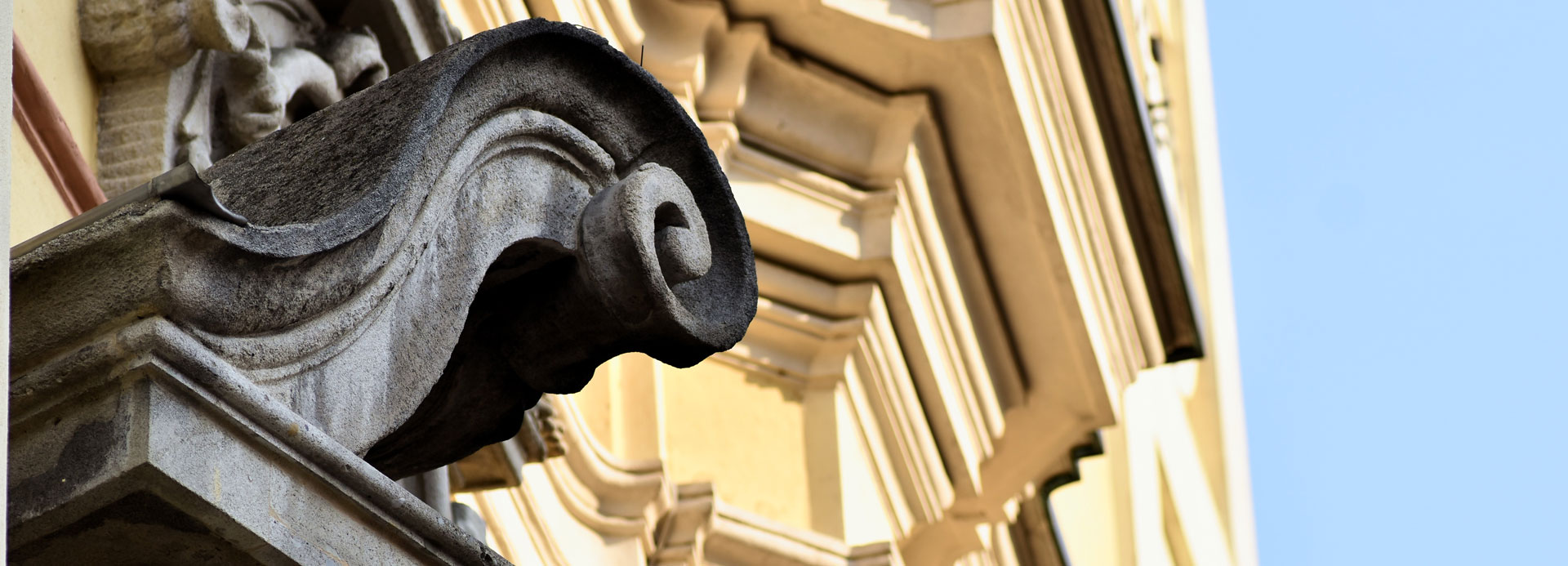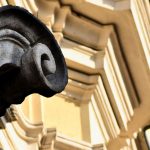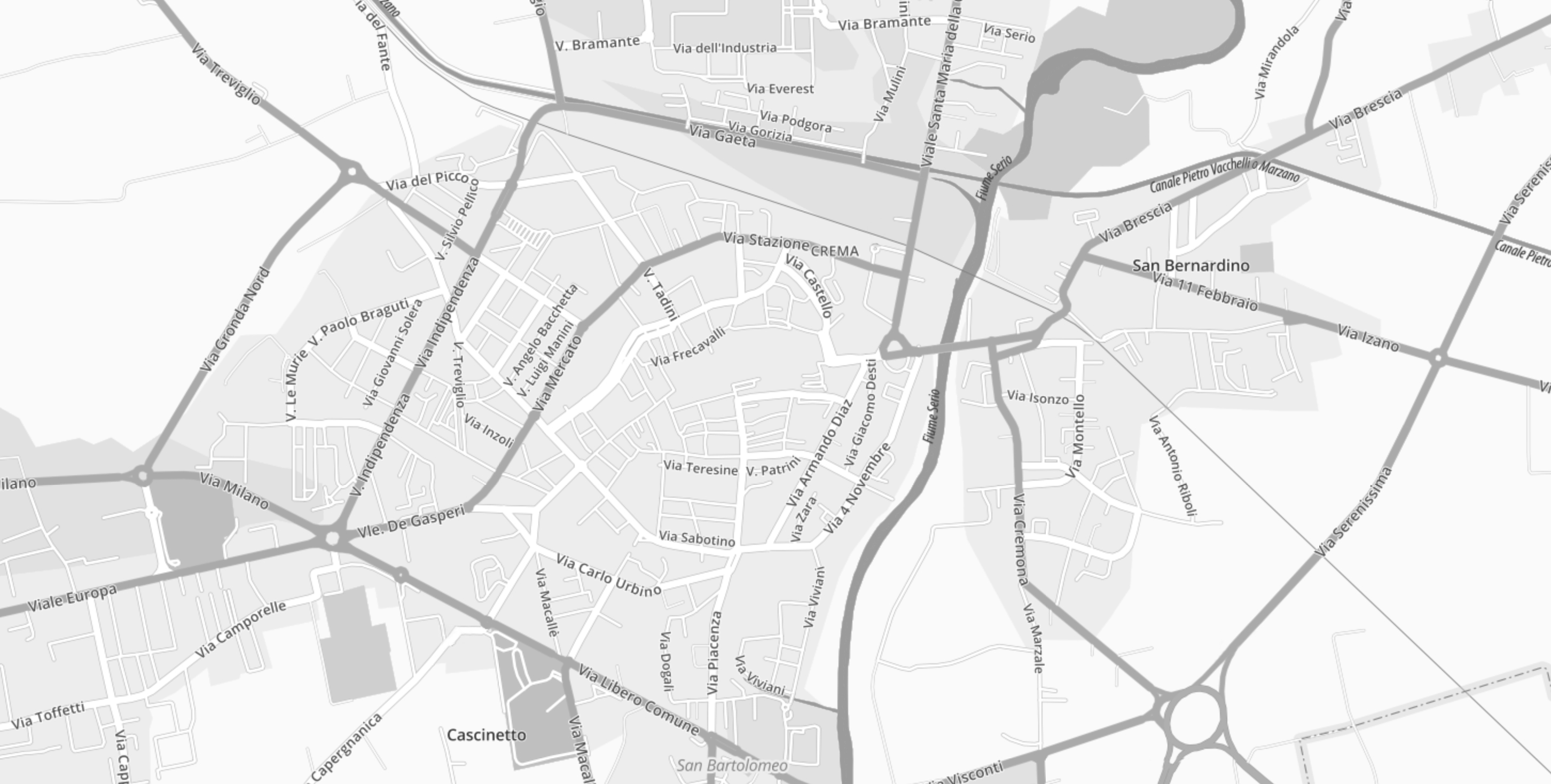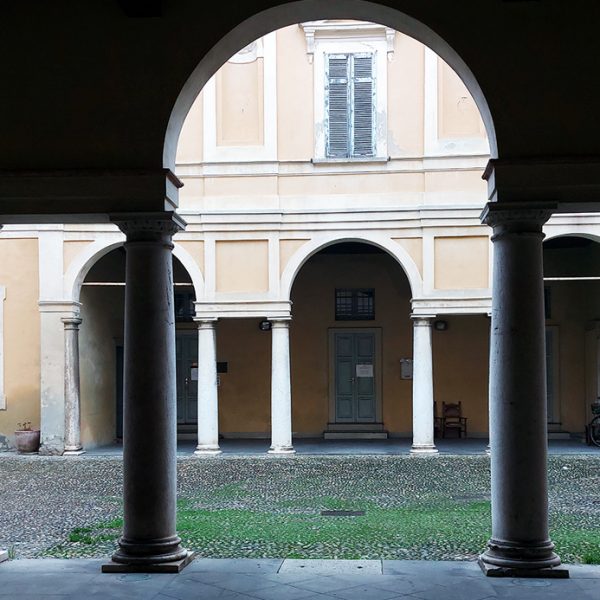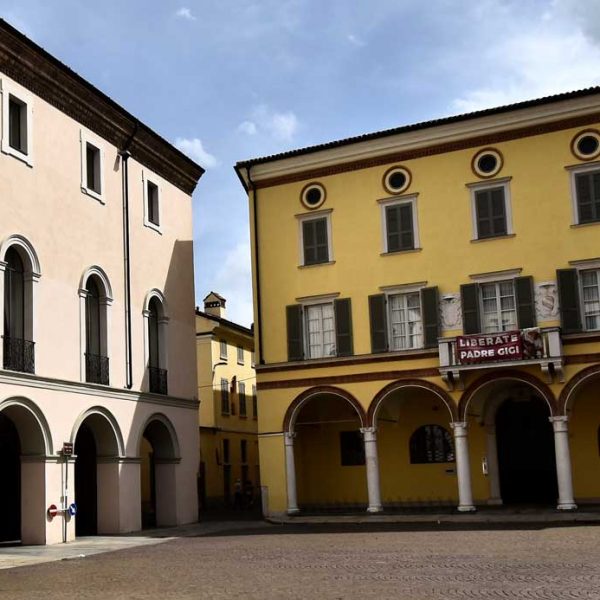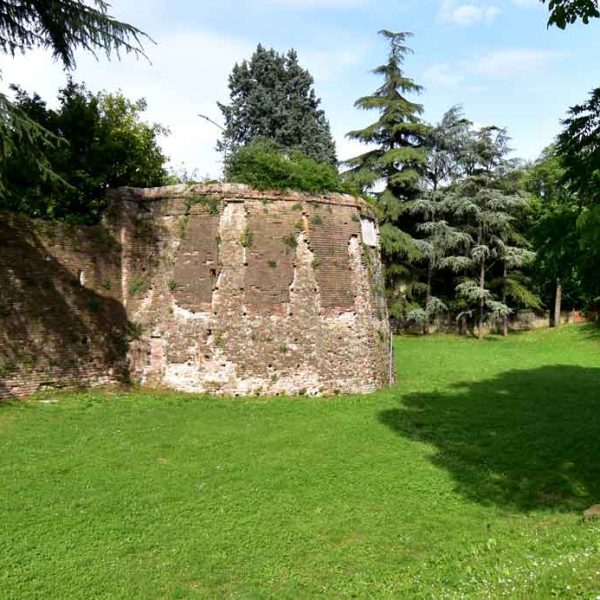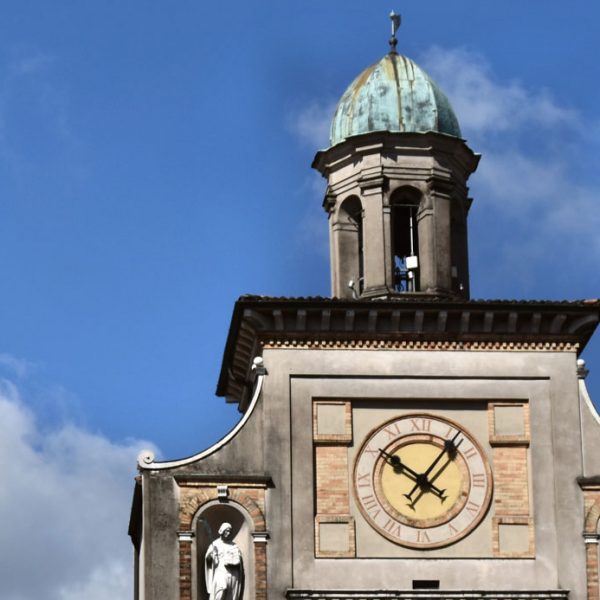 Tutti i luoghi
Tutti i luoghi
Testimony dates back as far as 1095
Testimony of a church dedicated to the Holy Trinity dates back as far as 1095 and refers to a church belonging to the order of Benedictine – Cluniac monks. The church was destroyed in 1160 during the occupation by Barbarossa, who only consented to its reconstruction along with that of the town, in 1185. The church was finished in 1199 and was the work of the Community of the Umiliati. In 1479 it was demolished again to make room for a new, larger building to suit the needs of a growing population and an increased reverence for the church, which in previous years had received the parochial benefit of the nearby church of the Holy Sepulchre. This third edifice was completed in 1486.

The church we see today was built and financed according to the wishes of the Consorzio del Santissimo Sacramento, and construction began in 1737 under the director of works Andrea Nono, who is frequently mentioned in the designs, although there is no concrete documentation. More recently, the name of Guido Antonio Longhi di Viggiù, has been attributed to the building, based on stylistic analogies with his other works. The church was consecrated on 25th September 1740 by Monsignor Calini, Bishop of Crema, despite the fact that the building had not yet been completed, in fact the bell tower was only finished six months later.
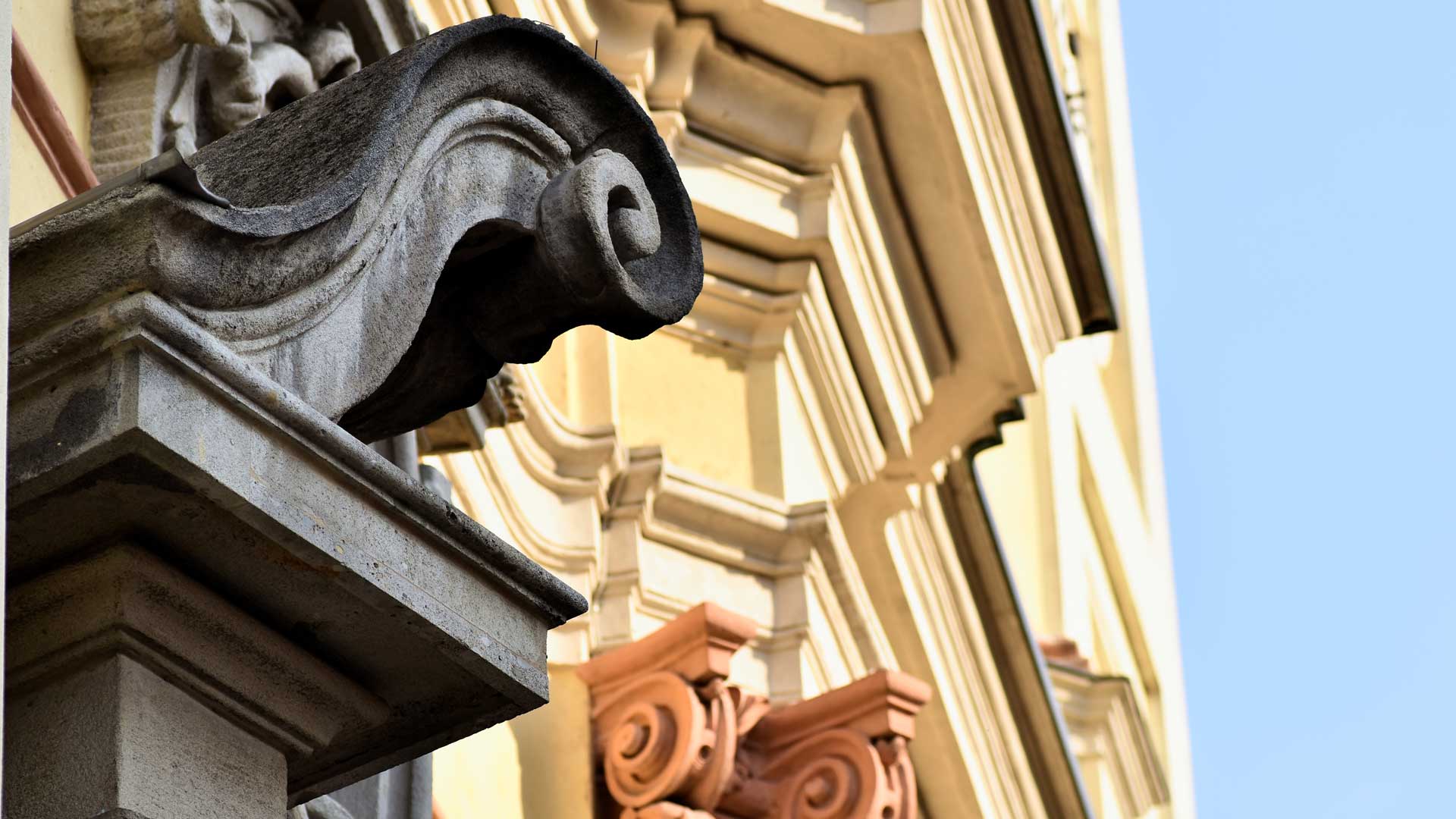
The Church of the Holy Trinity rises up from between its neighbouring buildings and in spite of the limited space, it emerges in all its splendour due to its vertical slant. The church is a wonderful example of the Rococo style and is characterised by the presence of two facades meeting in a smooth corner which gives a sense of continuity. The liturgical orientation of the building dictates that the main facade is actually on the western side and looks onto a small alleyway, whilst the southern facade has a decorative, urban function given the importance of the street it is situated on. The two facades are divided vertically in three parts by pillars with beautiful capitals of acanthus leaves and are richly decorated with stucco spirals and faux terracotta arabesques, niches and cartouches.

High up at the top of the southern facade you can see the symbol of the Trinity, a triangle with the eye of God in the centre with triumphs of angels in adoration. The bell tower, which gives height to the entire structure, culminates in a revolving, copper statue which indicates the direction of the wind. The interior of the church is elegantly decorated in the Rococo style and is one large nave with a number of side chapels. The ceiling of the nave is divided into bays with fine cornices decorated with gilt stucco and soft colours of pink and blue.

Each bay houses a painting, by Giuseppe Gru (1715-1775), with an episode from the Old Testament, ‘Rebecca at the Well’, ‘Jacob’s Ladder’ and
‘Moses Rescued from the Water’. What strikes the visitor most on entering the church, other than the rich decoration, is the size of the apse painted with a marvellous, illusionary fresco, which is the work of Fabrizio Galliani (1709-1790). The flat wall of the presbytery is transformed into an apse dominated by a scenographic cupola in perspective, from the centre of which emerges a representation of the Holy Trinity. This game of perspective allows an otherwise limited space to appear much larger and more open.

There are two large paintings worthy of note in the presbytery, ‘Christ’s Baptism’ and ‘The Transfiguration’, both by Francesco Savanni (1723-1772). On the left can be found the chapel dedicated to San Francesco Saverio, with an altarpiece by the painter Giuseppe Peroni of Emilia (1710-1776), ‘The Madonna and San Francesco’. The two side altarpieces are by Giovanni Brunelli (1644-1722), inspired by the miracles of the saint when he resuscitated a dead woman and freed someone possessed. Continuing along the left we come to an altar dedicated to the Madonna del Carmine who is represented by the statue on the main altar.

The third chapel on the left is named that of San Francesco di Paola and San Teodoro. The main icon is of San Francesco and is the work of the Dalmatian painter Federico Bencovich (1677-1753). The remains of San Teodoro are preserved under the altar. On the opposite side of the church, just beyond the presbytery, we come to the chapel of the nativity with an important altarpiece, ‘Natività’, work of the Lodi painter Callisto Piazza (1500-1561) dated 1538. There is another noteworthy painting on the left wall of the chapel, the ‘Archangel Gabriel’, by Tommaso Pombioli (1576-c.1636).

The next chapel along is actually taken up by the side door over which the organ is situated. The history of this musical instrument goes back to 1740 when the Serassi Family made it. It was subsequently repaired, remodelled and remade on various occasions by the brothers Cerasi, until its final reworking at the beginning of the 1900s by the Benzi-Franceschini company. The organ sits in a magnificent loft which is the work of Caniani of Bergamo, and is richly decorated with cherubs, pillars, spirals, leaves and flowers in a riot of sculptures, stuccos and gilding. The last chapel, or perhaps better said the first if we start from the right, is dedicated to the holy sepulchre.
There are three paintings here, the two side paintings being anonymous, but the main canvas , ‘The Deposition of Christ in the Sepulchre’, was painted by Pompeo Batoni (1708-1787).
Visitors are invited to conclude their visit by raising their eyes above the main entrance to the funeral monument of the leader Bartolini Terni. This is a 16th century sculpture by Lorenzo Bregno, and along with the holy water vessel, is the only element which belongs to the previous Renaissance building. Bartolini Terni was an illustrious leader who distinguished himself during the war between Venice and Milan, when he defended Crema against the attacks of the Sforza family of Milan.
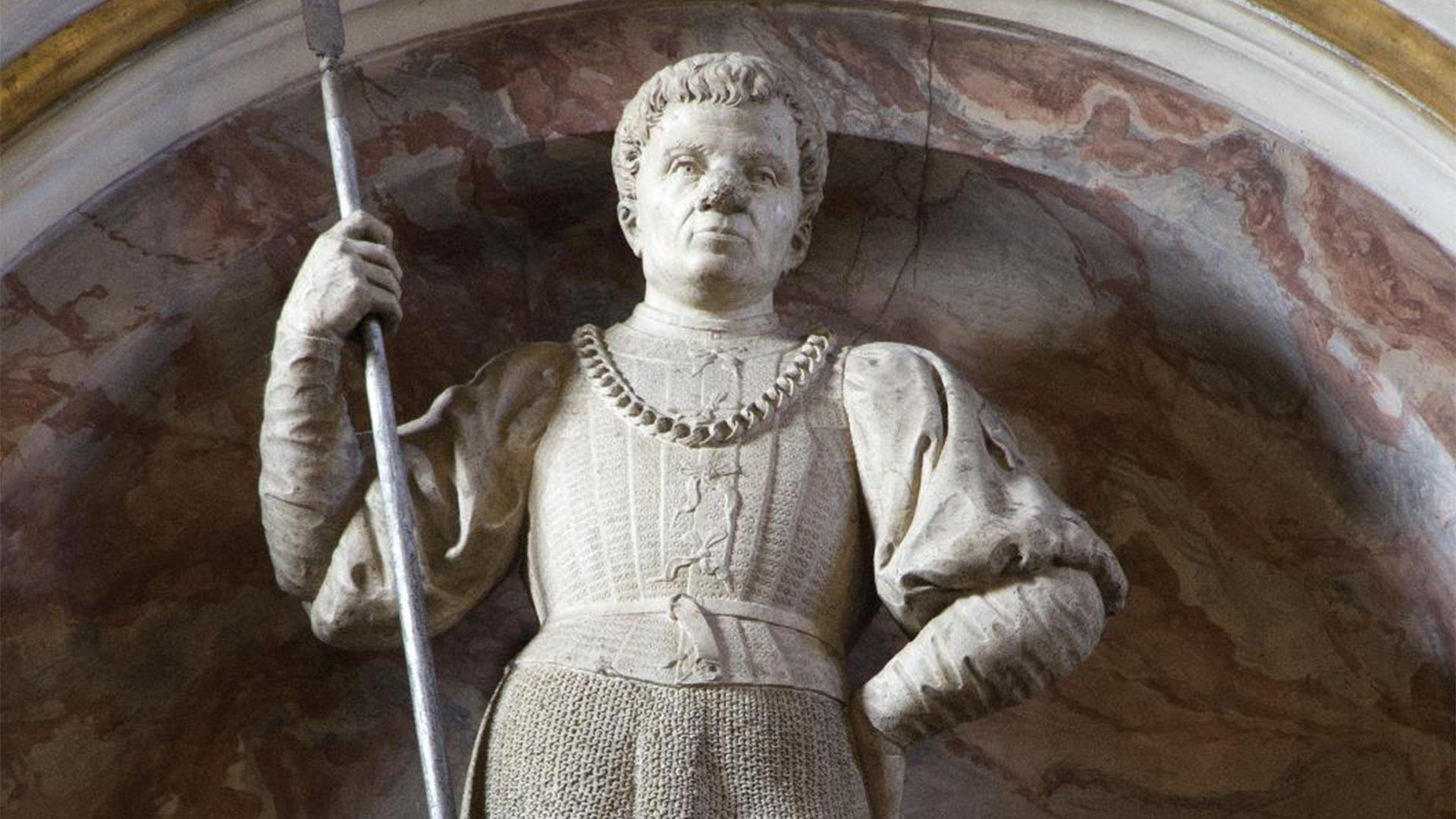
Info
Via XX Settembre, 102
Hours subject to restrictions
Visits prohibited during religious celebretions


